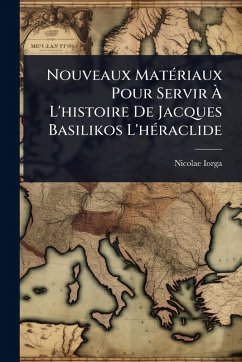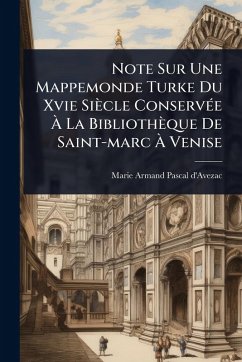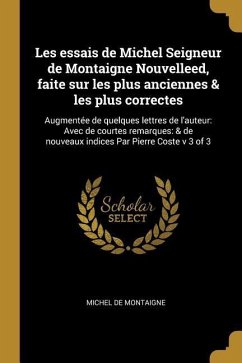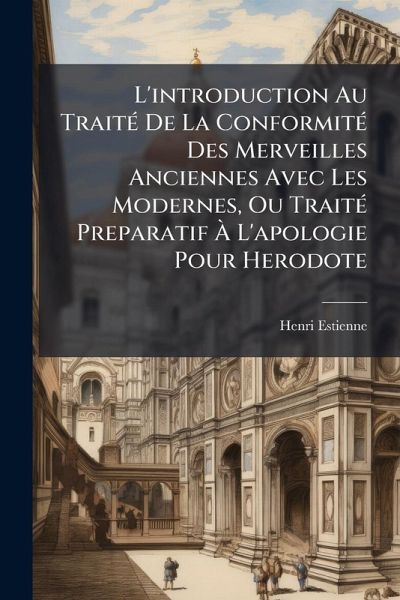
L'introduction Au TraitÃ(c) De La ConformitÃ(c) Des Merveilles Anciennes Avec Les Modernes, Ou TraitÃ(c) Preparatif À L'apologie Pour Herodote

PAYBACK Punkte
14 °P sammeln!
L'introduction Au Traité De La Conformité Des Merveilles Anciennes Avec Les Modernes, Ou Traité Preparatif À L'apologie Pour Herodote, written by Henri Estienne and published in 1607, is a significant work of Renaissance scholarship. This book serves as a preparatory treatise to Estienne's later 'Apologie pour Hérodote, ' defending the ancient historian Herodotus against contemporary criticisms. Estienne explores the similarities between ancient and modern marvels, offering a critical perspective on the historical and cultural contexts of his time. This volume provides valuable insights i...
L'introduction Au Traité De La Conformité Des Merveilles Anciennes Avec Les Modernes, Ou Traité Preparatif À L'apologie Pour Herodote, written by Henri Estienne and published in 1607, is a significant work of Renaissance scholarship. This book serves as a preparatory treatise to Estienne's later 'Apologie pour Hérodote, ' defending the ancient historian Herodotus against contemporary criticisms. Estienne explores the similarities between ancient and modern marvels, offering a critical perspective on the historical and cultural contexts of his time. This volume provides valuable insights into the intellectual debates of the Renaissance, particularly regarding the interpretation and reception of classical texts and the broader understanding of historical truth and cultural progress. This work has been selected by scholars as being culturally important, and is part of the knowledge base of civilization as we know it. This work was reproduced from the original artifact, and remains as true to the original work as possible. Therefore, you will see the original copyright references, library stamps (as most of these works have been housed in our most important libraries around the world), and other notations in the work. This work is in the public domain in the United States of America, and possibly other nations. Within the United States, you may freely copy and distribute this work, as no entity (individual or corporate) has a copyright on the body of the work. As a reproduction of a historical artifact, this work may contain missing or blurred pages, poor pictures, errant marks, etc. Scholars believe, and we concur, that this work is important enough to be preserved, reproduced, and made generally available to the public. We appreciate your support of the preservation process, and thank you for being an important part of keeping this knowledge alive and relevant.




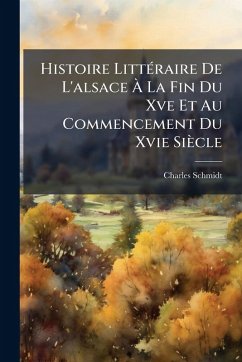
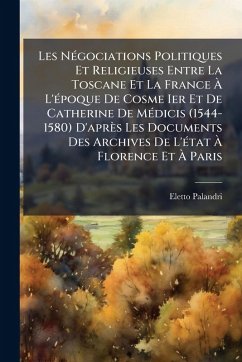
![Histoire Impartiale Du Procès De Louis Xvi, Ci-devant Roi Des Français Ou Recueil Complet Et Authentique De Tous Les Rapports Faits À La Convention Nationale, Concernant Le Procès Du Ci-devant Roi [...], Volume 6... Cover Histoire Impartiale Du Procès De Louis Xvi, Ci-devant Roi Des Français Ou Recueil Complet Et Authentique De Tous Les Rapports Faits À La Convention Nationale, Concernant Le Procès Du Ci-devant Roi [...], Volume 6...](https://bilder.buecher.de/produkte/74/74785/74785004n.jpg)

